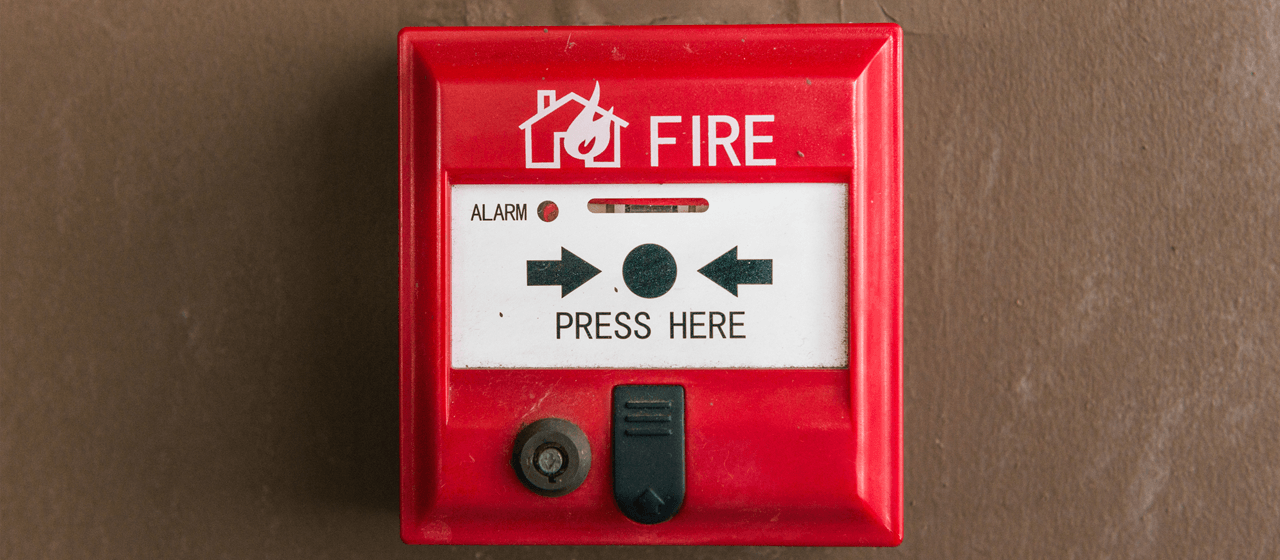Maintaining Fire Alarm Systems In Healthcare Facilities: Inspections, Testing, And Preventive Maintenance

Ensuring the reliability and effectiveness of a fire alarm system for healthcare facilities is of utmost importance. The presence of vulnerable patients, critical equipment, and essential medical records necessitates stringent safety measures. While installing a state-of-the-art system is the first step, regular inspections, testing, and preventive maintenance are crucial for its continued performance. Let’s explore the importance of these maintenance practices in healthcare settings.
Understanding the Significance of Fire Safety in Healthcare
Healthcare facilities, be it hospitals, nursing homes, or clinics, often house patients who may not be mobile or are medically compromised. In the event of a fire, rapid evacuation may not always be feasible. Thus, a well-maintained fire alarm system becomes the first line of defense, giving the staff a head-start in activating safety protocols and mitigating risks.
Routine Inspections: The First Step to Reliability
Regular inspections of the fire alarm system play a pivotal role in preemptively identifying potential issues. This involves checking each component of the system, from smoke detectors to manual pull stations, ensuring they are in their optimal condition.
- Detector Check
Detectors, given their frontline role in fire detection, need routine checks. Over time, dust, debris, or other environmental factors can impede their functioning. Special attention should be given to areas like kitchens or laboratories where false alarms can occur due to steam or chemicals.
- Manual Stations and Notification Devices
Ensuring that manual pull stations are accessible and free from obstructions is crucial. Similarly, visual and auditory notification devices, like strobe lights and sirens, should be checked for any malfunction or reduced effectiveness.
- Control Panel Diagnostics
The control panel is the heart of the fire alarm system. Routine diagnostics can provide insights into any system errors, battery health, or communication breakdowns.
Testing: Validating the System’s Responsiveness
While inspections can identify visible issues, testing is essential to ensure the system’s functionality under real-life conditions. This involves activating various components and observing their response.
- Sensitivity Testing for Detectors
Smoke and heat detectors have certain sensitivity levels. Over time, these can drift from their set parameters. Regular sensitivity testing ensures that detectors promptly respond to genuine fire threats but do not get triggered by false alarms.
- Testing Notification Protocols
In large healthcare facilities, specific protocols might be in place, such as alerting only a particular wing or floor initially to avoid panicking the entire facility. Testing these protocols ensures that, in the event of a fire, the correct procedures are activated.
- Backup Power Source Testing
Healthcare facilities cannot afford a lapse in their fire alarm system. Testing backup power sources like batteries or generators ensures that the system remains operational even during power outages.
Preventive Maintenance: Ensuring Longevity and Reliability
Preventive maintenance goes beyond regular inspections and testing. It’s a proactive approach to ensure the system’s longevity and reliability.
- Cleaning Detectors
Smoke detectors, especially in areas like kitchens or patient rooms where aerosols might be used, can accumulate residue. Regular cleaning ensures their unhindered performance.
- Updating Software
If the fire alarm system is digitally integrated, ensuring that its software is up-to-date is essential. This ensures compatibility and functionality, and can sometimes add enhanced features.
- Calibration
Over time, certain components might need recalibration to function optimally. Regular calibration checks, especially for sensitive devices, can ensure accurate detection.
- Replacement of Aging Components
Every component of a fire alarm system has a certain lifespan. Proactively replacing aging or near-end-of-life components can prevent sudden system failures.
Training and Familiarity: Engaging Healthcare Staff
While the technical aspects of maintenance are crucial, ensuring that healthcare staff are familiar with the fire alarm system is equally vital. Regular training sessions can equip them with the knowledge to respond aptly during emergencies, understand the significance of different alarm tones or signals, and also report any perceived malfunctions.
Documentation: A Record of Safety
Maintaining a comprehensive record of all inspections, tests, maintenance activities, and any system upgrades is essential. This documentation not only provides a clear picture of the system’s health but can also be crucial for compliance with safety regulations and during interactions with insurance providers.
Evolving with Technological Advancements:
Modern healthcare facilities are rapidly integrating advanced technologies, and fire safety systems are no exception. Keeping abreast with the latest in fire alarm solutions, understanding their intricacies, and ensuring they synergize with the facility’s dynamics is pivotal. This forward-thinking approach reinforces safety, ensuring that fire protection measures evolve in tandem with the ever-advancing medical landscape.
A Continuous Commitment to Safety
A fire alarm system for healthcare facilities, given its importance, demands a continuous commitment to its maintenance. Through regular inspections, rigorous testing, and proactive preventive measures, healthcare institutions can ensure the safety of their patients, staff, and infrastructure. As these facilities represent the frontline in saving lives, the fire safety systems supporting them should be nothing short of impeccable. Regular maintenance practices ensure that this standard is consistently met, safeguarding everyone within their walls.
